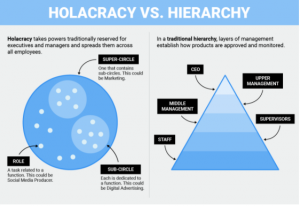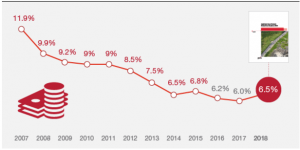Every engaging employee experience actually starts with an engaging candidate experience. Candidates start their experience with your company the first time they hear or see something that reflects your brand. It could be an ad for employment, but it could also be a press release, a piece of gossip, a Google or Glassdoor review or a group of employees standing in front of your building. Every interaction with your brand is an opportunity to delight or to disappoint.
One of the best ways to figure out how to be on the right side of that equation is to put yourself in their shoes. What would you want if you were a potential candidate? You might want to work for a company that is stable and/or one that has good growth potential. Maybe one where the application process is easy. When you are writing your ads, take advantage of the job profile that can be created using one of the many behavioral assessment tools.
Employment Ads
I personally find Predictive Index to do an admirable job. Each ad could be written to include not just the job responsibilities but using words that capture the essence of your company and this particular role.
Instead of using:
Leader sought to manage the Accounting team focusing on deliverables
Use:
Dynamic leader sought to ramp up and manage Accounting team focusing on superior level of performance
Or Use:
Detailed oriented manager sought to manage Accounting team of professionals, ensuring the accuracy of all journal entries and reporting
These three sentences say basically the same thing but would attract very different types of candidates. You want your candidates to feel they fit long before they ever walk in the door.
Ease of Application Process
Make sure your application process is easy. Applicants should be able to apply using their mobile device so it is imperative that all of your systems are created with responsive design in mind. Your ATS should be programmed for multiple touchpoints with a candidate to ensure they know you received your resume and, ideally, although few systems are programmed to do this, allow them a self serve option to find out where they are in the process.
A Personal Touch
Although technology saves all of us countless hours of times, a personal touch is still appreciated in this highly technological world. Never allow more than 24 – 48 hours to pass before you have contacted a candidate to provide follow up feedback from an in-house interview. Even if the response is negative, candidates appreciate hearing honest feedback on what they can improve on and why their qualifications did not land them the position.
There are many ways to improve your candidates’ experience and be rewarded with the right candidates at the right time to scale your organization.









